How Texture, Timbre, and Technique Shape Sonic Authenticity
Introduction
Organic sound in music is not a genre. It is a sonic philosophy rooted in acoustic integrity, tactile performance, and unprocessed resonance. The term often gets diluted in marketing language, but its true meaning lies in the physicality of sound production and the absence of synthetic manipulation. Whether captured in a cathedral’s natural reverb or the breathy nuance of a bowed cello, organic sound reflects the raw interaction between performer, instrument, and space.
From analog tape saturation to room bleed, every sonic detail contributes to the organic experience. This is not nostalgia. It is a technical and emotional pursuit of sonic truth. What makes sound truly organic and why it matters in a world saturated with digital gloss.

Acoustic Foundations – The Physics of Organic Sound
Organic sound begins with acoustic energy. Vibrations travel through air without digital synthesis. Instruments like violins, drums, and horns produce complex waveforms shaped by their physical structure. These waveforms contain harmonics, which are overtones that give each instrument its unique timbre. The room where sound is produced also matters.
Its dimensions, materials, and reflections shape the final tone. Organic sound relies on natural decay, which is the way a note fades without artificial compression. Microphones capture this decay and translate air pressure into electrical signals. The absence of MIDI or sample triggers preserves the spontaneity of performance. Organic sound is dynamic. It breathes, swells, and contracts like a living organism. The listener perceives this as warmth, depth, and realism. Without acoustic foundations, organic sound cannot exist.
Timbre and Texture – The DNA of Sonic Identity
Timbre is the fingerprint of sound. It is the quality that distinguishes a flute from a guitar even at the same pitch. Texture refers to the layering of sounds and how instruments interact in space and time. Organic sound embraces imperfections. String buzz, breath noise, and finger slides are part of its identity. These micro-details create emotional intimacy. They signal that a human is behind the sound. In digital production, timbre can be flattened by over-processing.
EQ, compression, and pitch correction often remove nuance. Organic sound resists this flattening and preserves the full harmonic spectrum. Texture also involves spatial placement. It determines where each sound sits in the stereo field. Organic mixes often use minimal panning and natural reverb. This lets instruments blend as they would in a room. The result is a sonic landscape that feels tactile and immersive. Timbre and texture are not optional. They are the essence of organic sound.
Organic Sound
Performance Over Programming – Human Touch in Sound Creation
Organic sound prioritizes live performance. It does not rely on programmed sequences or quantized loops. A pianist’s timing may fluctuate slightly, but that fluctuation adds emotional weight. Drummers who play without click tracks introduce groove variations that feel alive. Organic recordings capture these nuances rather than correcting them. The human touch includes phrasing, dynamics, and articulation. All of these are shaped by the performer’s intent.
In contrast, programmed music often lacks these subtleties. It can sound sterile or mechanical. Organic sound celebrates the unpredictability of real-time interaction. Musicians respond to each other and create spontaneous moments that cannot be replicated. This interactivity is central to jazz, folk, and classical traditions. Even in studio settings, organic sound depends on capturing genuine performance. Without human touch, sound loses its emotional anchor.

Microphone Technique – Capturing Air and Emotion
Microphones are the translators of organic sound. They convert air pressure into electrical signals. Placement is critical. A mic too close may exaggerate transients, while one too far may lose detail. Engineers use different mic types for different textures. Ribbon mics are used for warmth, and condensers for clarity. Organic recordings often use stereo pairs. These capture spatial depth and room ambiance. Room mics add natural reverb, which is a key ingredient in organic mixes.
Engineers avoid heavy gating or isolation. They allow bleed between instruments. This bleed creates cohesion and makes instruments sound like they share space. Organic sound benefits from minimal processing. EQ and compression are used sparingly. The goal is to preserve the original performance, not reshape it. Microphone technique is not just technical. It is emotional architecture.
Room Acoustics – The Invisible Instrument
The room where music is recorded shapes its organic character. Wood-paneled studios, stone churches, and untreated basements all imprint unique sonic signatures. Organic sound embraces these signatures rather than removing them. Reverberation time, diffusion, and absorption affect how sound behaves. Engineers may choose rooms for their tonal qualities, not just convenience. Natural reflections add depth and realism. They help listeners locate sound in space. Organic recordings often include ambient noise. Footsteps, chair creaks, or distant traffic ground the sound in reality. They signal authenticity. Artificial reverb can mimic room acoustics, but it rarely captures the same emotional resonance. Organic sound treats the room as part of the ensemble. Without spatial context, sound feels disconnected.
Analog Equipment – Preserving Harmonic Integrity
Analog gear contributes to organic sound by preserving harmonic richness. Tape machines, tube preamps, and analog consoles introduce subtle saturation. This saturation enhances overtones and makes sound feel fuller and warmer. Unlike digital clipping, analog distortion is often musical. Organic recordings benefit from this coloration. It adds emotional depth. Analog gear also responds dynamically. It compresses transients in a natural way. Engineers use analog tools to shape tone without flattening texture. Even digital recordings can sound more organic when passed through analog stages. The tactile nature of knobs and faders reinforces the human connection. Organic sound is not anti-technology. It is pro-integrity. Analog equipment supports that integrity by respecting the source.
Minimal Editing – Letting Sound Breathe
Organic sound resists excessive editing. It values spontaneity over perfection. Engineers avoid heavy quantization, pitch correction, and sample replacement. Timing fluctuations are preserved. They reflect human rhythm. Organic mixes often retain full takes rather than splicing together fragments. This continuity enhances emotional flow. Listeners feel the arc of performance. Editing is used for clarity, not conformity. Organic sound allows space between notes. Silence is part of the texture. Over-editing can sterilize emotion. It removes the very qualities that make sound feel alive. Engineers may fix technical issues, but they avoid aesthetic homogenization. Organic sound breathes because it is allowed to be imperfect. Editing is a scalpel, not a bulldozer.
Dynamic Range – The Pulse of Real Sound Dynamic range refers to the difference between the quietest and loudest parts of a recording. Organic sound embraces wide dynamic range. It allows music to whisper and roar. Compression is used sparingly to preserve natural swells and fades. This range creates emotional contrast. It provides tension and release. In organic recordings, instruments are allowed to peak naturally without being squashed. Listeners perceive this as realism.
It mirrors how sound behaves in life. Dynamic range also affects listener fatigue. Compressed mixes can feel tiring. Organic sound invites active listening. It rewards attention to detail. Engineers may automate levels, but they avoid flattening dynamics. The pulse of real sound lies in its ability to change. Dynamic range is not a technical luxury. It is an emotional necessity.
Instrumental Authenticity – Real Tools, Real Tones
Organic sound depends on real instruments. It does not rely on virtual emulations. A bowed cello produces complex harmonics that samples cannot replicate. Acoustic guitars resonate with wood and air, not algorithms. Percussion includes subtle variations in attack and decay. Organic recordings capture these nuances. They do not simulate them. Even electric instruments contribute when played and recorded with care. Synthesizers can be part of organic sound when used for texture rather than imitation. The key is authenticity, not replication. Organic sound values the physical interaction between musician and instrument. This interaction creates unpredictable beauty. It is impossible to program. Instrumental authenticity is the backbone of organic tone.
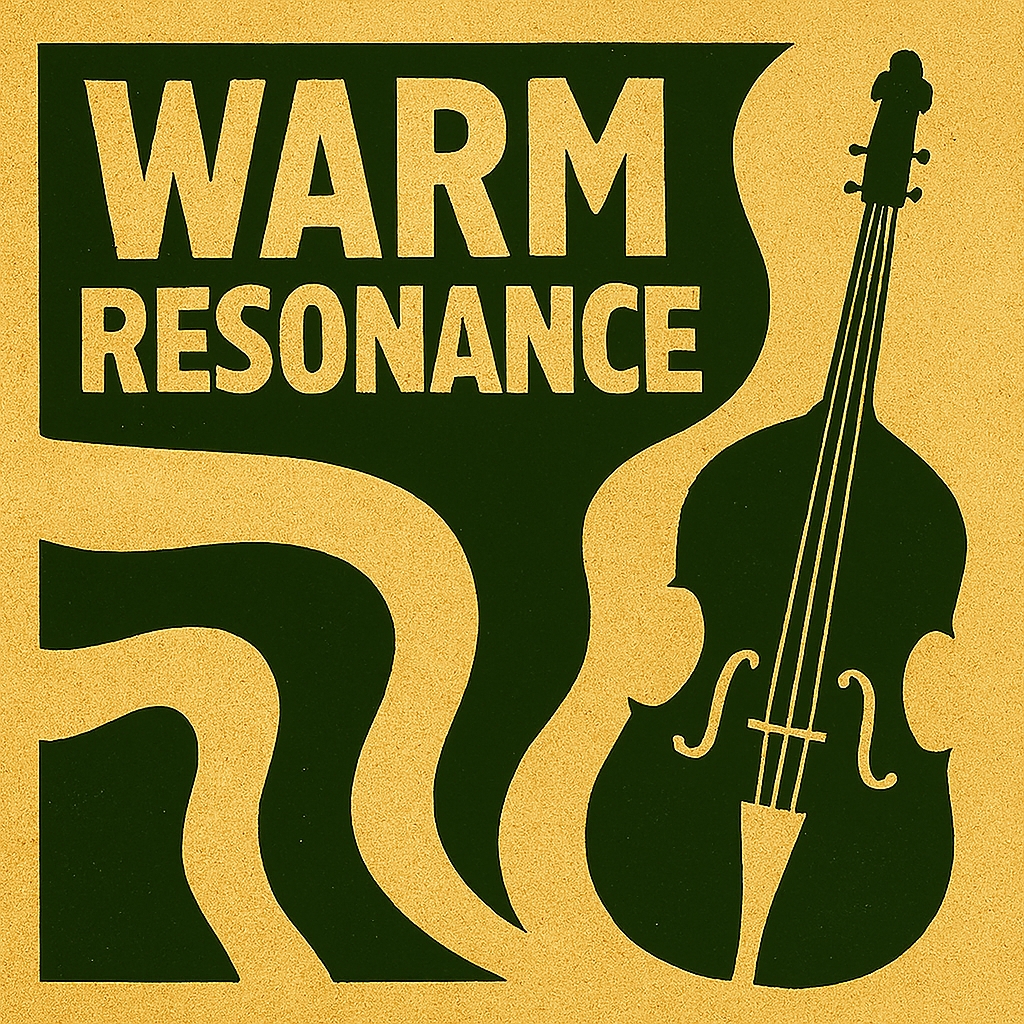
Emotional Resonance – Why Organic Sound Matters
Organic sound connects listeners to performers. It creates emotional intimacy. Imperfections become expressive tools, not flaws. A cracked vocal or uneven strum can evoke vulnerability. Organic recordings feel human. They reflect lived experience. This resonance is not just aesthetic. It is psychological. Listeners trust organic sound because it feels honest. In contrast, synthetic sound can feel distant or manipulative. Emotional resonance depends on sonic truth, not polish. Organic sound invites empathy. It mirrors the complexity of emotion. Music becomes more than entertainment. It becomes connection.
Cultural Roots – Organic Sound Across Traditions
organic sound is deeply embedded in musical traditions around the world. It is not confined to any one genre or region. In West African drumming, the interplay of polyrhythms and communal performance creates a living sonic texture. Appalachian folk music relies on acoustic string instruments and unprocessed vocals to convey stories of hardship and resilience. Indian classical music uses microtonal inflections and dynamic phrasing to evoke spiritual and emotional depth.
Flamenco music thrives on rhythmic tension, vocal grit, and percussive footwork, all captured live without artificial smoothing. These traditions prioritize authenticity, spontaneity, and emotional resonance. Engineers working with traditional music often avoid heavy processing to preserve cultural nuance. Organic sound honors these roots by respecting the original context and performance style. It does not flatten or sanitize the source. Instead, it amplifies the emotional and historical weight embedded in each note. Cultural traditions shape how organic sound is created, perceived, and preserved.
Field Recording – Capturing Sound in the Wild
Field recording is a technique used to capture sound outside controlled studio environments. It involves placing microphones in natural or urban settings to document ambient noise, environmental textures, and spontaneous musical moments. Organic sound benefits from field recording because it introduces real-world context. The rustle of leaves, distant birdsong, or the hum of city traffic can add depth and authenticity to a composition.
Field recordists often use portable gear and minimal processing to preserve the integrity of the captured sound. These recordings are used in film, experimental music, ethnography, and sound design. They provide a sonic fingerprint of place and time. Organic sound thrives on this specificity. It becomes more than an aesthetic—it becomes a form of documentation. Field recording also challenges the boundaries of music by treating everyday noise as compositional material. It reinforces the idea that organic sound is not limited to instruments. It can emerge from any environment where vibration meets air.
Psychoacoustics – How We Perceive Organic Sound
Psychoacoustics is the study of how humans perceive sound. It explains why organic sound feels more emotionally resonant than synthetic alternatives. Our brains are wired to detect subtle variations in pitch, timing, and timbre. These variations signal human presence and emotional intent. Organic sound activates more areas of the brain because it contains complex harmonic information. It engages memory, emotion, and spatial awareness.
Listeners often describe organic recordings as warm, intimate, or immersive. These descriptors reflect psychoacoustic responses to natural dynamics and textures. Synthetic sound, by contrast, can feel flat or fatiguing due to its uniformity. Organic sound also benefits from binaural cues—differences in timing and intensity between the ears. These cues help us locate sound in space and feel connected to the source. Psychoacoustics confirms that organic sound is not just a technical preference. It is a biological and emotional imperative. We are built to respond to sonic authenticity.
Genre Applications – Organic Sound in Modern Music
Organic sound is not limited to traditional or acoustic genres. It plays a vital role in contemporary music across styles. In indie rock, organic production emphasizes live instrumentation and room ambiance. In jazz, it preserves the spontaneity of improvisation and ensemble interplay. In classical recordings, it captures the nuance of phrasing and acoustic resonance.
Even in electronic music, organic elements can be introduced through field recordings, analog synths, or live performance. Hip-hop producers often sample vinyl records to retain the warmth and texture of older recordings. Organic sound is also present in film scores, where emotional depth is conveyed through real strings, pianos, and ambient textures. The key is not the genre but the approach. Organic sound prioritizes authenticity, nuance, and emotional connection. It can coexist with digital tools when those tools are used to enhance rather than replace human expression. Genre boundaries do not limit organic sound. They expand its possibilities.
Production Philosophy – Intentional Choices Behind Organic Sound
Creating organic sound is a matter of philosophy as much as technique. It requires intentional choices at every stage of production. Musicians choose instruments that resonate naturally and perform with emotional presence. Engineers select microphones and placements that capture air and nuance. Mixers avoid excessive processing and preserve dynamic range. Mastering engineers retain transients and avoid loudness wars. These choices reflect a commitment to sonic truth.
Organic sound is not about rejecting technology. It is about using technology to serve the source rather than dominate it. This philosophy values imperfection, spontaneity, and emotional depth. It treats sound as a living entity rather than a product. Organic production also involves restraint. Knowing when not to edit, not to compress, and not to polish is part of the craft. The result is music that feels grounded, human, and emotionally resonant. Production philosophy shapes the outcome as much as the tools themselves.
Listener Experience – Emotional Impact of Organic Sound
Listeners respond to organic sound on a visceral level. It feels more real, more intimate, and more emotionally engaging. This response is not just subjective. It is rooted in how our brains process complexity and nuance. Organic recordings often evoke stronger emotional reactions because they mirror the unpredictability of human expression. A slight vocal crack, a missed beat, or a breath between phrases can create a sense of vulnerability and connection.
These moments are absent in overly polished productions. Organic sound also encourages active listening. It rewards attention to detail and invites repeated engagement. Listeners feel like they are in the room with the performer. This proximity enhances empathy and emotional resonance. Organic sound is not just heard. It is felt. It becomes part of the listener’s emotional landscape. In a world of sonic saturation, organic sound offers clarity, depth, and meaning.
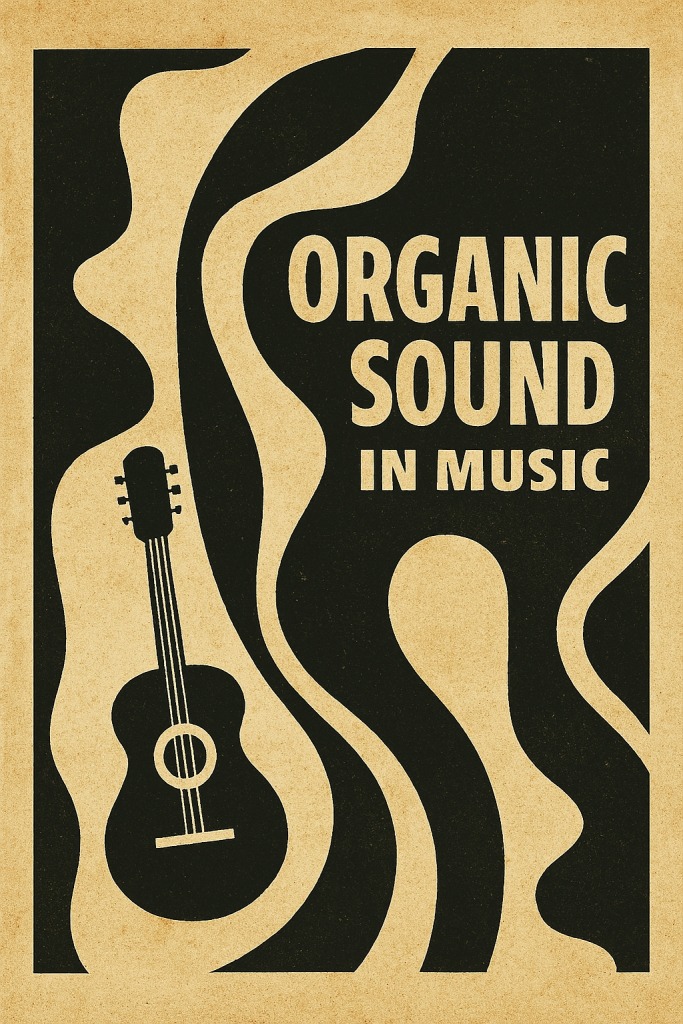
Technological Integration – Balancing Tools and Authenticity
Organic sound does not reject technology. It integrates it thoughtfully. Digital tools can support organic production when used with restraint and intention. High-resolution converters preserve harmonic detail. Transparent EQ can enhance clarity without removing texture. Analog modeling plugins can simulate tape saturation and tube warmth. The key is balance.
Technology should serve the sound, not dominate it. Engineers must understand the limitations and strengths of each tool. Organic sound benefits from hybrid workflows that combine analog and digital elements. A live performance recorded to tape and mixed in a digital workstation can retain both warmth and precision. Technological integration also allows for accessibility. Musicians without access to expensive studios can still create organic sound using careful mic placement and minimal processing. The goal is not purity but integrity. Organic sound thrives when technology is used to amplify human expression rather than replace it.
Conclusion
Organic sound in music is more than an aesthetic preference. It is a commitment to authenticity, emotional resonance, and sonic integrity. It begins with acoustic energy and extends through performance, recording, mixing, and listening. Every choice—from microphone placement to editing philosophy—shapes the outcome.
Organic sound honors tradition while embracing innovation. It connects listeners to performers and places music in a tangible, emotional space. In an era of digital saturation, organic sound offers a return to sonic truth. It reminds us that imperfection is beautiful, that nuance matters, and that music is a human art form. Whether captured in a cathedral, a bedroom, or a forest, organic sound speaks to the soul. It is not just heard. It is experienced.
Join the Discussion
What does organic sound mean to you. Have you felt the difference between a live acoustic recording and a digitally produced track.
#OrganicSound #SonicAuthenticity #AcousticIntegrity #TimbreAndTexture #FieldRecording #AnalogWarmth #EmotionalResonance #LivePerformance #MinimalEditing #RoomAcoustics #Psychoacoustics #CulturalSound #AuthenticMusic #SoundPhilosophy #RealTone
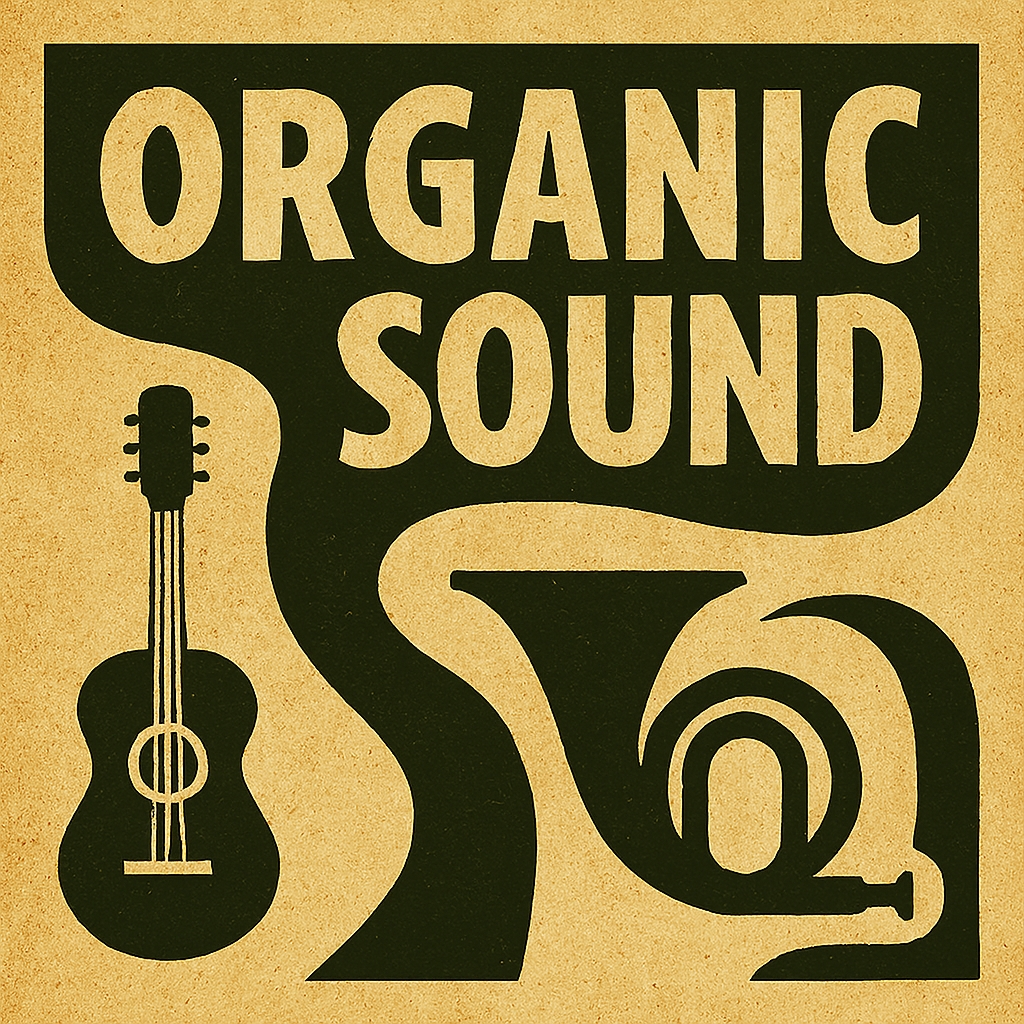



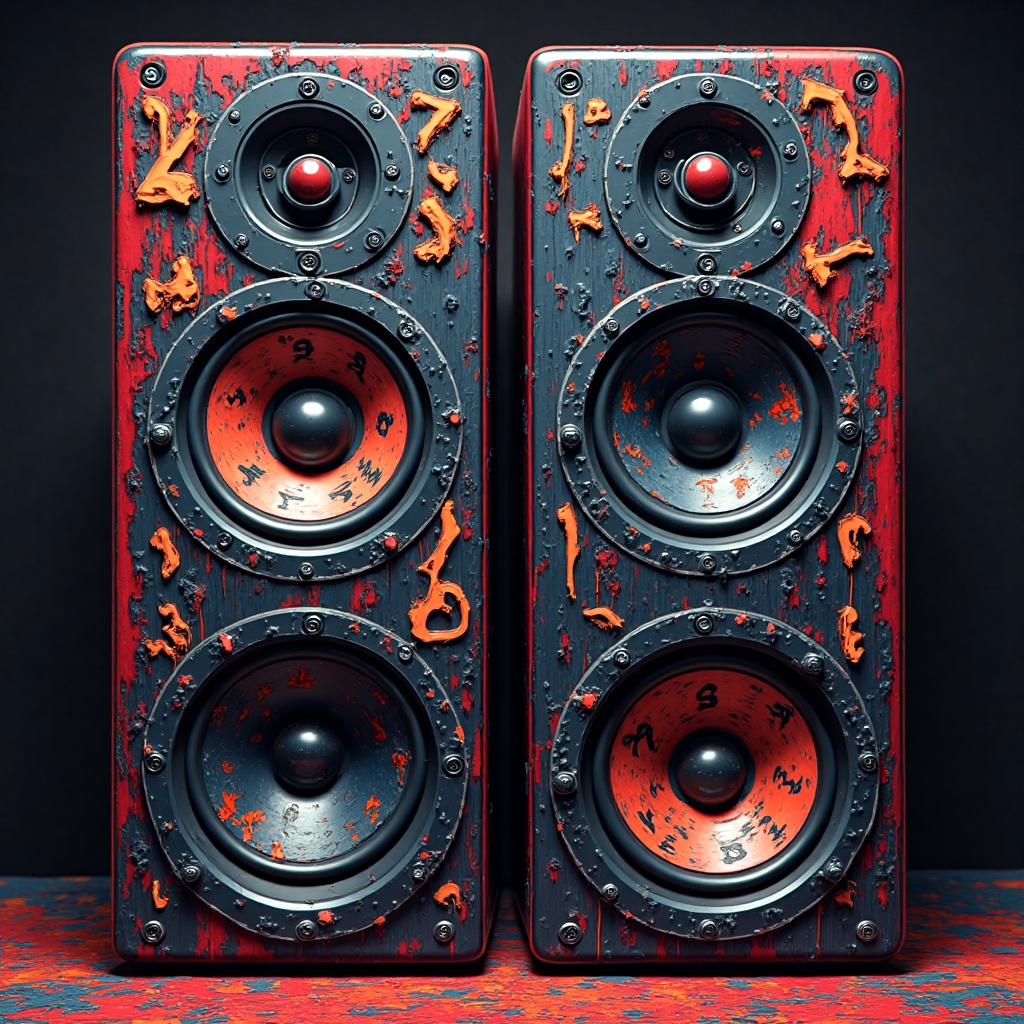

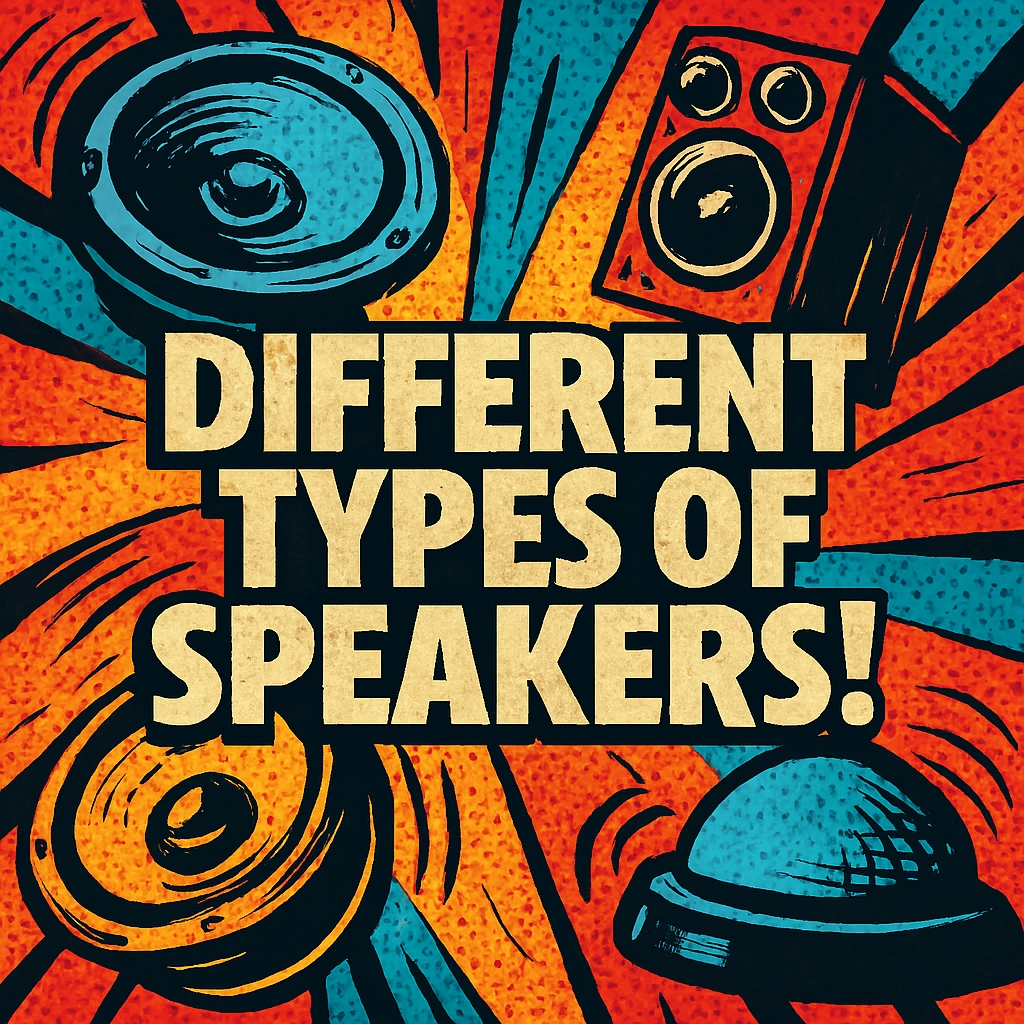

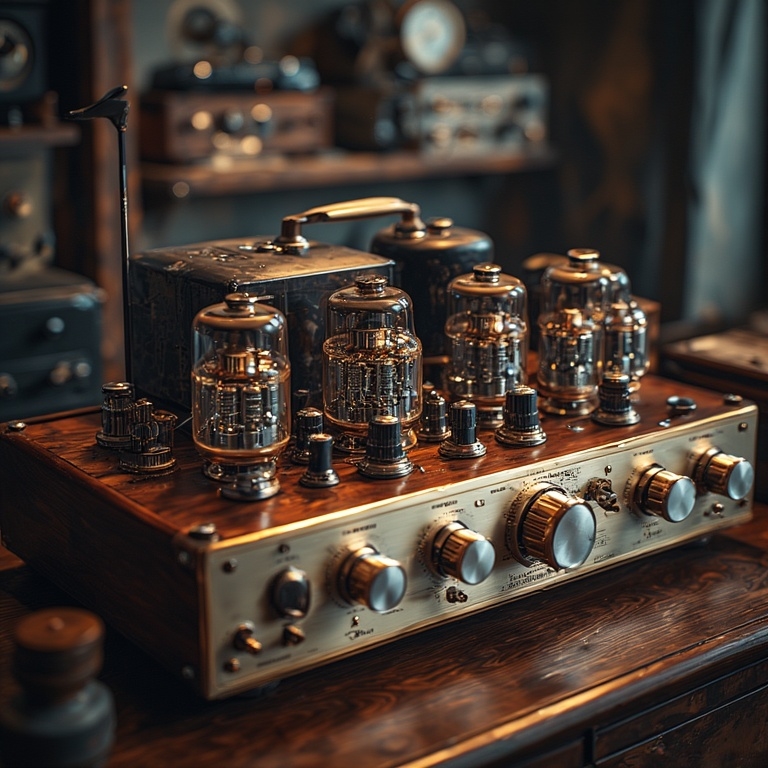





Leave a Reply